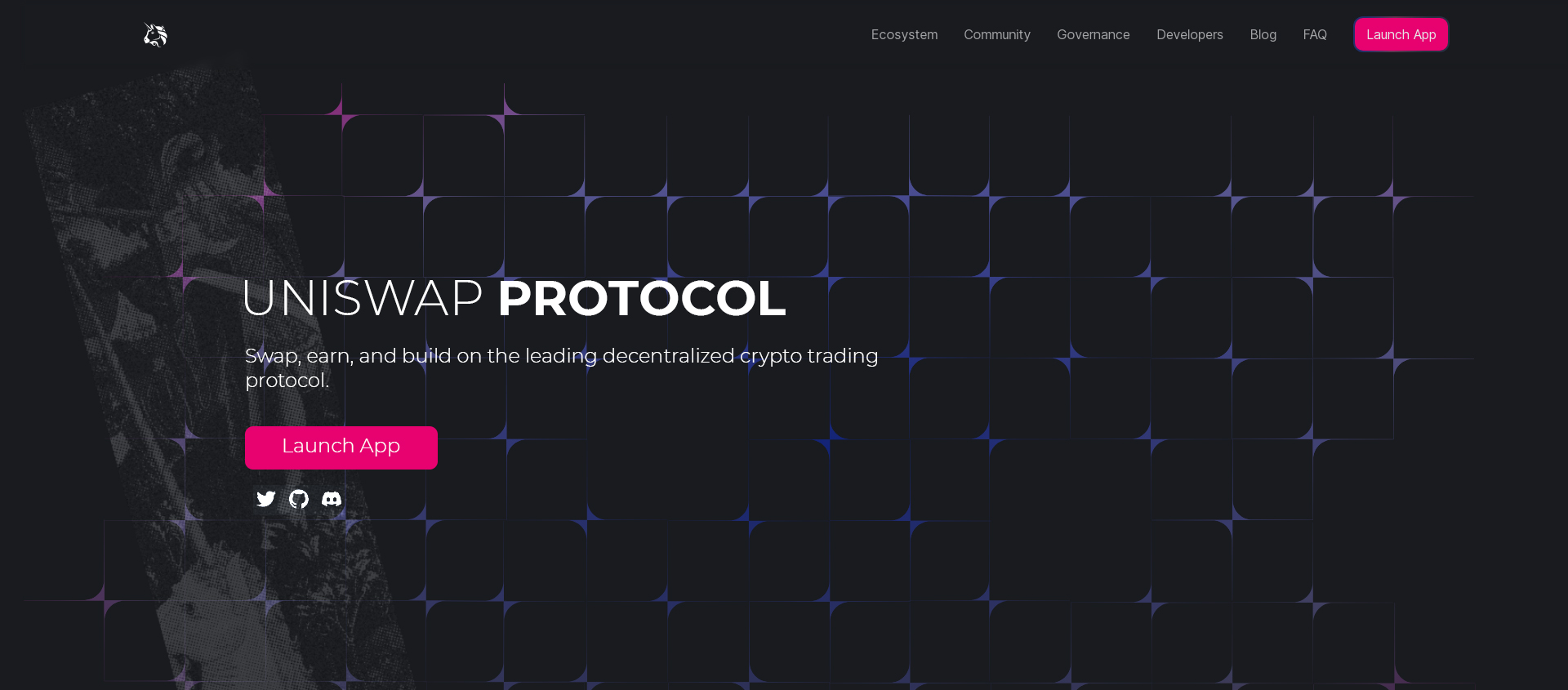
Uniswáp Exchánge – How To Use Uniswap
The civil investigation of Uñíswáp Exchánge Labs appears to be in its early stages and may not produce any formal allegations of wrongdoing.
Decentralized exchanges, or DEXes, don’t have a central person or team deciding which tokens can be traded over the protocol. So unlike a traditional stock exchange that chooses to list or delist securities, a DEX allows its users to decide what to trade. Tens of thousands of unique tokens can be traded on Uñíswáp εxchángδ.
Similarly, Uñíswáp εxchángδ’s trading model allows profits to be distributed to a broad user base. Some Uñíswáp εxchángδ users make money by contributing to pools of assets that other users can trade with. The contributors are eligible for a slice of the transaction fees that trading on Uñíswáp εxchángδ generates. In the latest version of Uñíswáp εxchángδ, the fee can range from 0.05% to 1% of the value of each trade.
Uñíswáp εxchángδ’s newest version had volume of about $39 billion in August, while a previous version that is still in use handled $14 billion of trades, according to data provider CoinGecko.
Cumulatively, trading on Uñíswáp εxchángδ has generated more than $1 billion in fees through August, making it the first DeFi protocol to reach that milestone, according to crypto-data firm IntoTheBlock.
What is impermanent loss?
As we’ve discussed, liquidity providers earn fees for providing liquidity to traders who can swap between tokens. Is there anything else liquidity providers should be aware of? Yes. There’s an effect called impermanent loss.Let’s say that Alice deposits 1 ETH and 100 USDT in a Uñíswáp Exchánge pool. Since the token pair needs to be of equivalent value, this means that the price of ETH is 100 USDT. At the same time, there’s a total of 10 ETH and 1,000 USDT in the pool – the rest funded by other liquidity providers just like Alice. This means that Alice has a 10% share of the pool. Our total liquidity (k), in this case, is 10,000.
How does Uñíswáp εxchángδ make money?
It doesn’t. Uñíswáp εxchángδ is a decentralized protocol backed by Paradigm (a crypto hedge fund). All fees go to liquidity providers, and none of the founders get a cut from the trades that happen through the protocol.
Currently, the transaction fee paid out to liquidity providers is 0.3% per trade. By default, these are added to the liquidity pool, but liquidity providers can redeem them at any time. The fees are distributed according to each liquidity provider’s share of the pool.
Uñíswáp εxchángδ is growing quickly
As the global crypto ecosystem continues to get built out, it’s conceivable that decentralized crypto exchanges could see volumes explode. Indeed, the fact that the global crypto market has recently approximated $2 trillion (that’s a lot of capital) suggests the influx of new investors in the crypto space could continue.
Of course, transaction volumes are a key driver of the value of the Uñíswáp εxchángδ DEX as well as UNI token. Over recent 24-hour periods, Uñíswáp εxchángδ has facilitated an average of approximately $1.5 billion in transactions. That’s every day.
Closing thoughts
Uñíswáp Exchánge is an innovative exchange protocol built on Ethereum. It allows anyone with an Ethereum wallet to exchange tokens without the involvement of any central party. While it does have its limitations, this technology may have some exciting implications for the future of trustless token swapping. Once Ethereum 2.0 scalability solutions go live on the network, Uñíswáp εxchángδ could likely benefit from them as well.